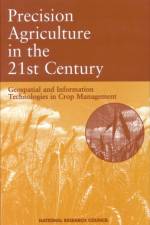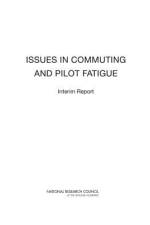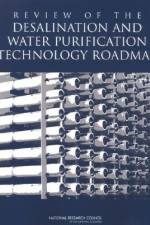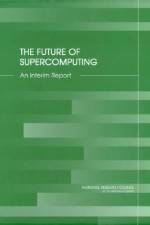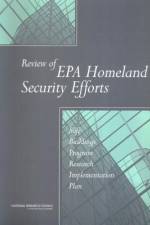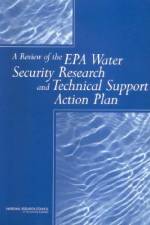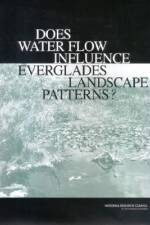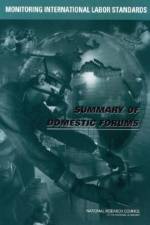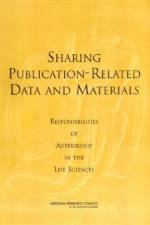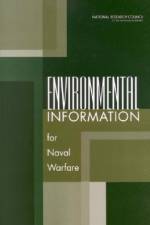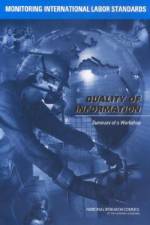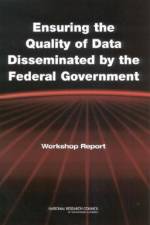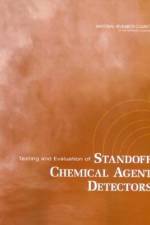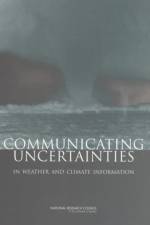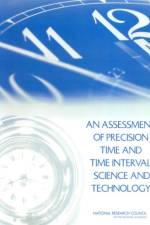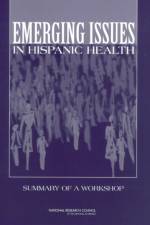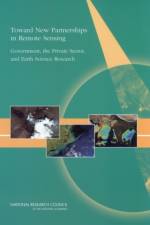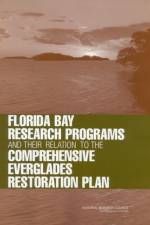av National Research Council
847
More than 50 million Americans, one out of five, suffer from hay fever, asthma, and other allergic diseases. Many of these conditions are caused by exposure to allergens in indoor environments such as the house, work, and school--where we spend as much as 98 percent of our time. Developed by medical, public health, and engineering professionals working together, this unique volume summarizes what is known about indoor allergens, how they affect human health, the magnitude of their effect on various populations, and how they can be controlled. The book addresses controversies, recommends research directions, and suggests how to assist and educate allergy patients, as well as professionals. Indoor Allergens presents a wealth of information about common indoor allergens and their varying effects, from significant hay fever to life-threatening asthma. The volume discusses sources of allergens, from fungi and dust mites to allergenic chemicals, plants, and animals, and examines practical measures for their control. Indoor Allergens discusses how the human airway and immune system respond to inhaled allergens and assesses patient testing methods, covering the importance of the patient's medical history and outlining procedures and approaches to interpretation for skin tests, in vitro diagnostic tests, and tests of patients' pulmonary function. This comprehensive and practical volume will be important to allergists and other health care providers; public health professionals; specialists in building design, construction, and maintenance; faculty and students in public health; and interested allergy patients.

